Up Next

Few Formula 1 drivers get a shot at redemption and it seems Stoffel Vandoorne has lost his.
He’s missing out on taking Lewis Hamilton’s place at Mercedes this weekend, despite seemingly being anointed for that chance given his status as reserve driver.
For those who remember Vandoorne’s struggles in his 2018 campaign with McLaren, that might not seem much of a loss.
But it would have been a fascinating opportunity for a driver who was once rated as a possible future world champion to restore a little of the sheen that was eradicated during his two seasons in F1.
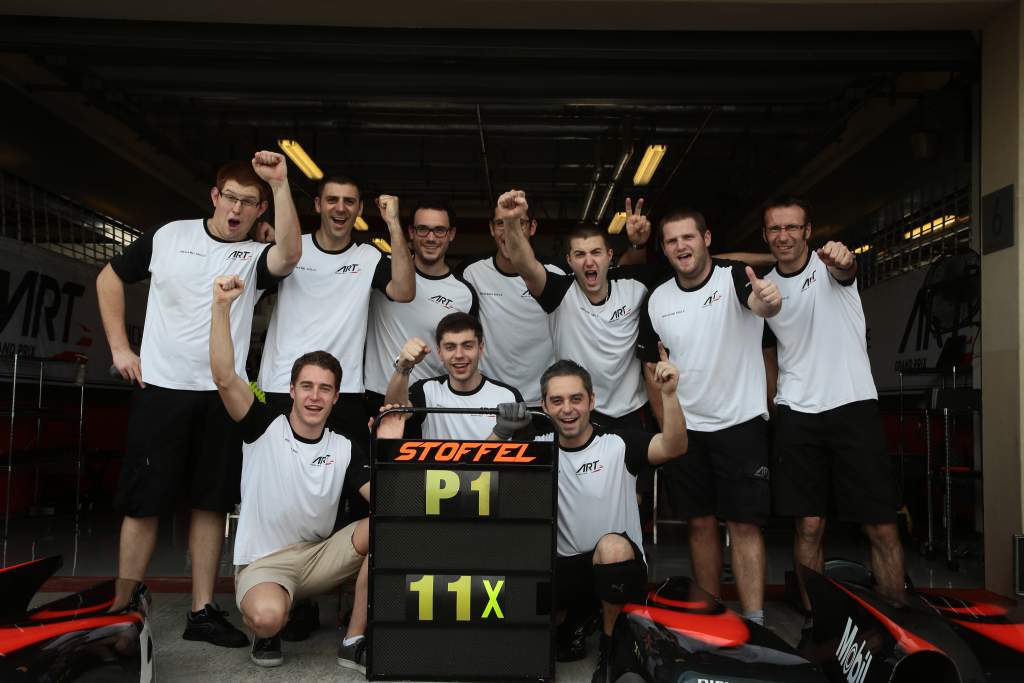
Vandoorne’s bright prospects were no illusion. His CV was remarkable – F4 Eurocup, Formula Renault Eurocup and GP2 champion, he also won races in Formula Renault 3.5 and Japan’s Super Formula.
He was quick in everything and also excelled on his F1 debut in the 2016 Bahrain Grand Prix as stand in for the injured Fernando Alonso with a points finish in 10th place. He could not have looked more sure-footed and at home in his maiden F1 race.
His first full season with McLaren wasn’t stellar, but it was hardly in ideal circumstances and a look at the details shows it was very promising.
It was McLaren’s final season with Honda propulsion and Vandoorne’s preparation was hit by unreliability in pre-season testing that restricted him to 235 laps – plenty of those while troubleshooting problems. Often, he was simply waiting for engine changes to be completed or issues to be fixed.
Up against the toughest of team-mates in Alonso, it was perhaps no surprise Vandoorne struggled badly early on given he felt underprepared.
He failed to escape Q1 in qualifying for the first five races of the year and he struggled to adapt to the demands of what he described as a “tricky” car to drive.
But given the team’s problems, there was little opportunity to focus on himself and progress along the steep learning curve was slowed as a result.
Over those first five events, he was on average six-tenths of a second slower than Alonso in qualifying and failed to score a point – although he couldn’t start in Bahrain thanks to an engine problem.
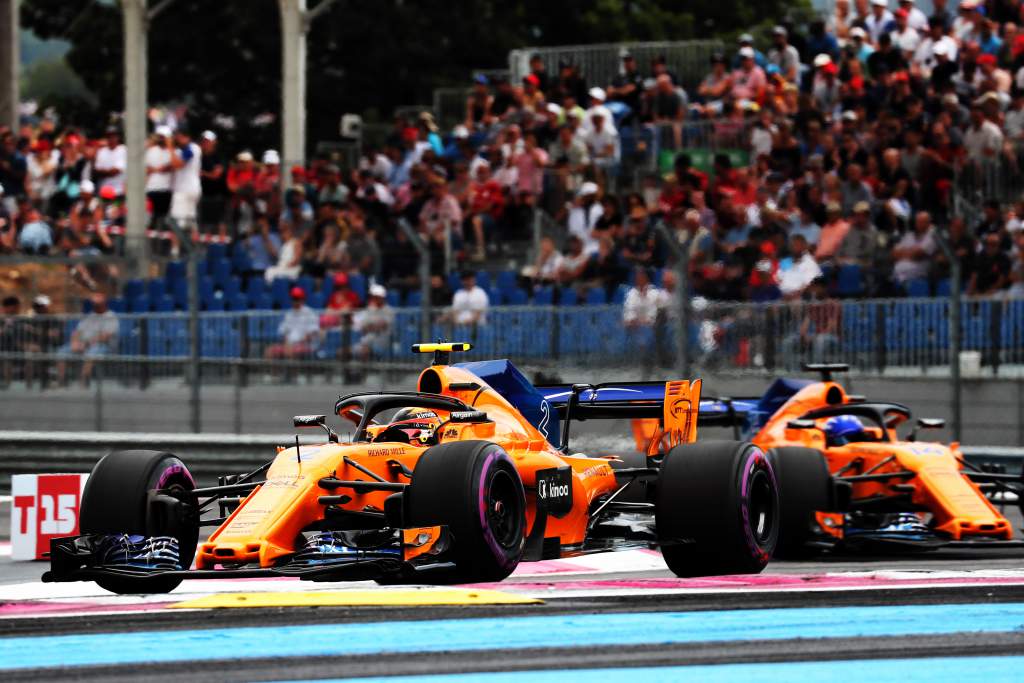
Despite the problems holding him back, it was clear Vandoorne himself wasn’t adapting well.
He worked closely with the team after that initial run of races with a working group formed to help improve communication and collaboration with his crew and find a way to better reconcile his preferred driving style – modelled on the approach ART had drummed into him to get the best out of one-make machinery in GP2 – with the limitations of the McLaren.
It wasn’t dissimilar to the problems Sebastian Vettel has now. While all drivers benefit from a stable rear end, some find it harder to adapt to instability and without the strong front end and the back end to follow it, Vandoorne struggled to access the prodigious pace he had shown the past.
2018 was catastrophic for Vandoorne’s reputation and he was never a serious contender for another seat once McLaren had committed to promoting Lando Norris
Immediately, there was an improvement in Vandoorne’s form. He made it to Q3 for the first time in Monaco, but couldn’t participate as he crashed late in Q2. From 12th on the grid thanks to a three-place grid penalty, he was in contention for points before crashing while battling with Sergio Perez. Encouraging, in a ragged way.
Vandoorne continued to improve over the following weekends. He became more at one with the car and while he wasn’t able to match Alonso’s astonishing capacity to hustle a limited machine, gradually a way was found to tweak his style and the set-up to get the best out of him. Even though results were elusive, he was making gains.
In the eighth race of the season in Austria, he closed the qualifying gap to Alonso to 0.139s and outqualified him for the first of three occasions that season at Silverstone the following race.
He then broke his 2017 points duck with 10th in Hungary, albeit in a race where Alonso finished sixth. Momentum was building.
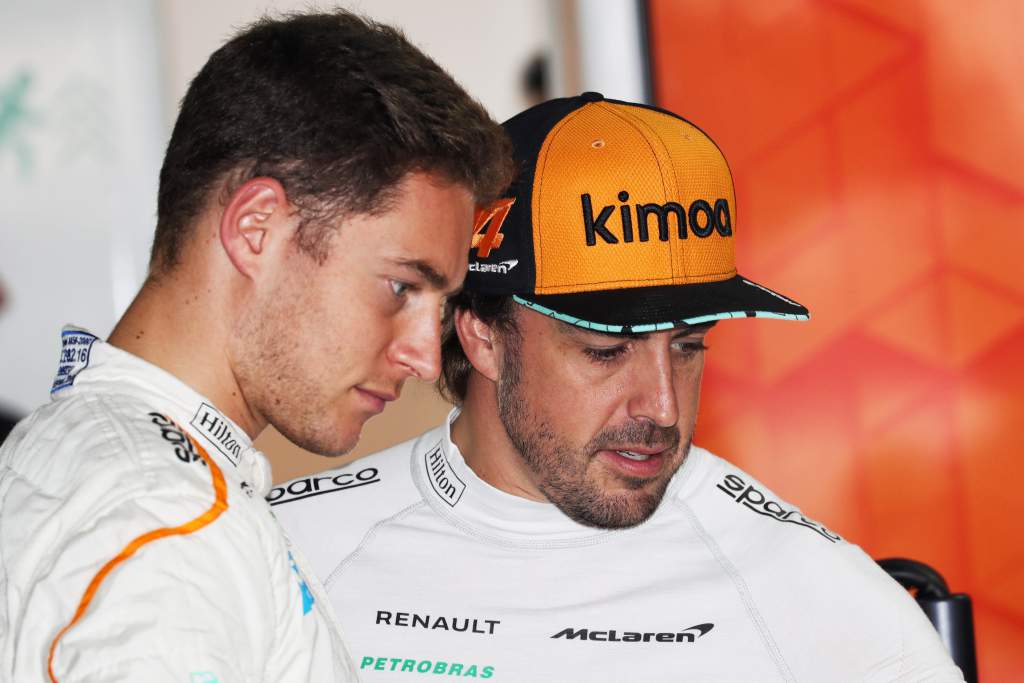
The breakthrough had been made and the second half of the season was regarded as a good foundation for him to kick on in 2018. Vandoorne’s final points tally of 13, just four behind Alonso, was respectable, even though unreliability and the struggle to score doesn’t make that the most representative of comparisons.
The high point was back-to-back seventh places in Singapore and Malaysia and given the opposition and the circumstances, it was a qualified success of a rookie season.
After all, he was up against a driver with a history of crushing most of his team-mates, with Hamilton and Jenson Button the exceptions. What’s more, the fact he’d turned it around after a difficult start was a big positive.
The 2018 season started solidly for Vandoorne, with points finishes in three of the first four races and a superb recovery to eighth in Bahrain after dropping to last thanks to startline wheelspin.
But the gap to Alonso was a little bigger than hoped – three-tenths in qualifying over the first four weekends – and it was clear that the serious rear-end stability problems suffered by McLaren were holding him back. He was at war with his natural inclination to try to maximise entry speed but the trend was encouraging and he chipped away at the deficit.
Improvements were made to the set-up to give him a car that worked better with his style and he seemed to be judging the compromise between entry speed and the rest of the corner better. By giving away a little on entry, he could get on the power earlier and maximise exit speed.
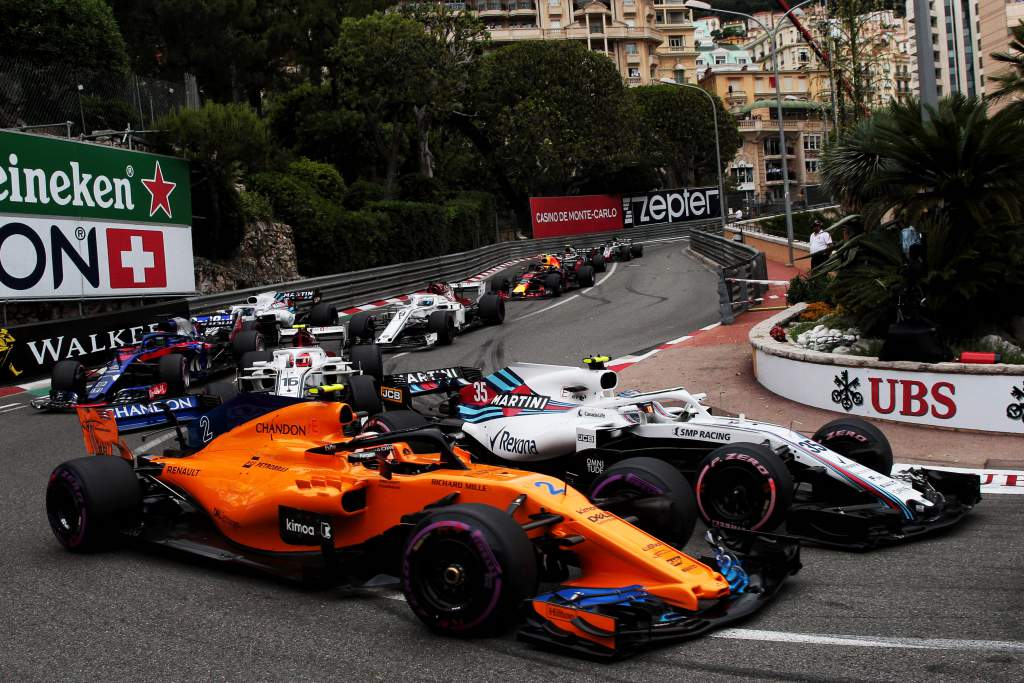
Over the Monaco and Canada weekends, Vandoorne appeared to have made a leap. Suspension problems in qualifying that also led to serious tyre graining problems in the race meant it did not show on the streets of the principality, but practice had hinted he might have had the legs of Alonso.
In Canada, Vandoorne qualified just 0.009s off Alonso at a circuit where he’d struggled the season before. The pace was improving, and the hope was that combined with improving his starts, the positive trend would continue.
But that trajectory proved to be an illusion and it never got better than that for Vandoorne, who ended the season on the wrong side of a 21-0 qualifying walkover and with just 12 points compared to Alonso’s 50. It was catastrophic for Vandoorne’s reputation and he was never a serious contender for another seat once McLaren had committed to promoting Lando Norris to a race drive in 2019.
The reasons for Vandoorne’s struggles were visible. The weakness of the McLaren rear end was more pronounced than in 2017 and was hard-wired into the design of the car, with attempts to improve both performance and characteristics largely not working.
On the other side of the garage was Alonso, who has a remarkable capacity for committing the car to the corner with significant entry speed and then relying on his preternatural car control to make the miniscule adjustments to make it work.
From trackside, Alonso was visibly ragged, his steering inputs and throttle work sometimes frenetic, but his excellent car control allowed him to make it work. For most drivers, it wouldn’t work, but Alonso can hustle a car like few others.
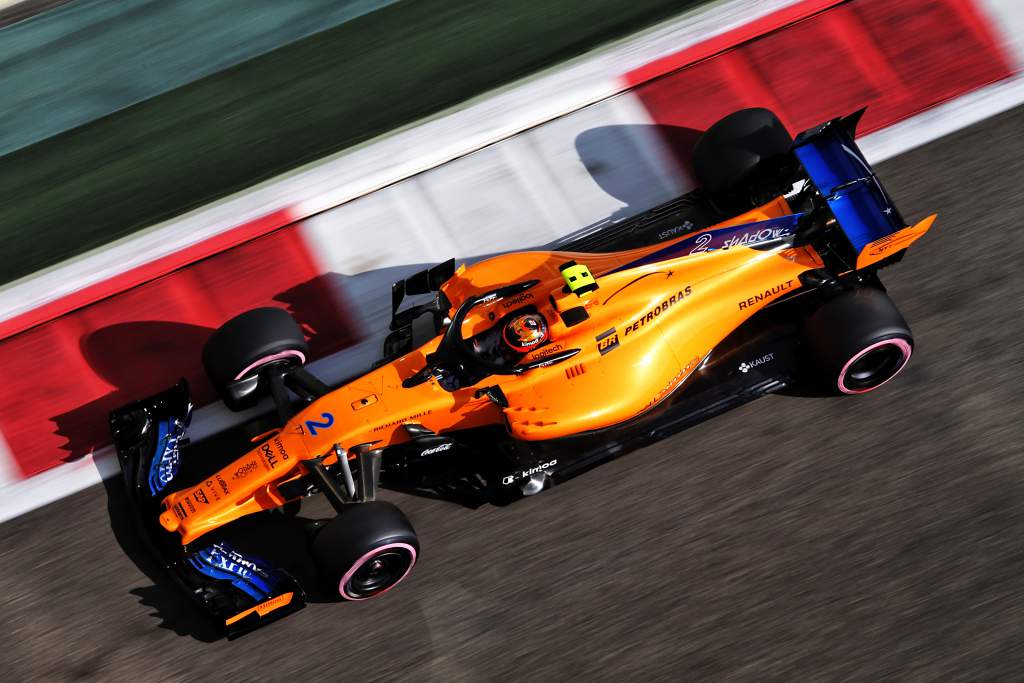
By contrast, Vandoorne was visibly constrained by the limitations of the car. From trackside, you could see him rolling it into the corner, making it look like it had an understeer limitation when the reality was he simply didn’t have the confidence to carry the speed in.
Effectively, he had to go too far with winding back on corner entry because he couldn’t make the more aggressive approach of Alonso work – a measure of how phenomenally difficult it is to do so. Therefore, he faced a ceiling in performance he had to sit below and it’s no surprise he couldn’t get near Alonso. In the final 17 race of the season, his sole points finish was eighth in Mexico.
Vandoorne’s still the same driver who tore up the junior ranks
From the moment Norris, then on his way to second overall in Formula 2, started appearing in Friday practice sessions at the Belgian Grand Prix and showed a willingness to deploy a more livewire style, the writing was on the wall for Vandoorne. As the season went on, he cut an increasingly forlorn figure.
Fortunately, despite nobody in F1 being seriously interested in Vandoorne, he landed a drive with the HWA Formula E squad that was a forerunner of the works Mercedes entry. He finished second in the 2019/20 championship, claiming his maiden victory in the final race of the season at Berlin Tempelhof.
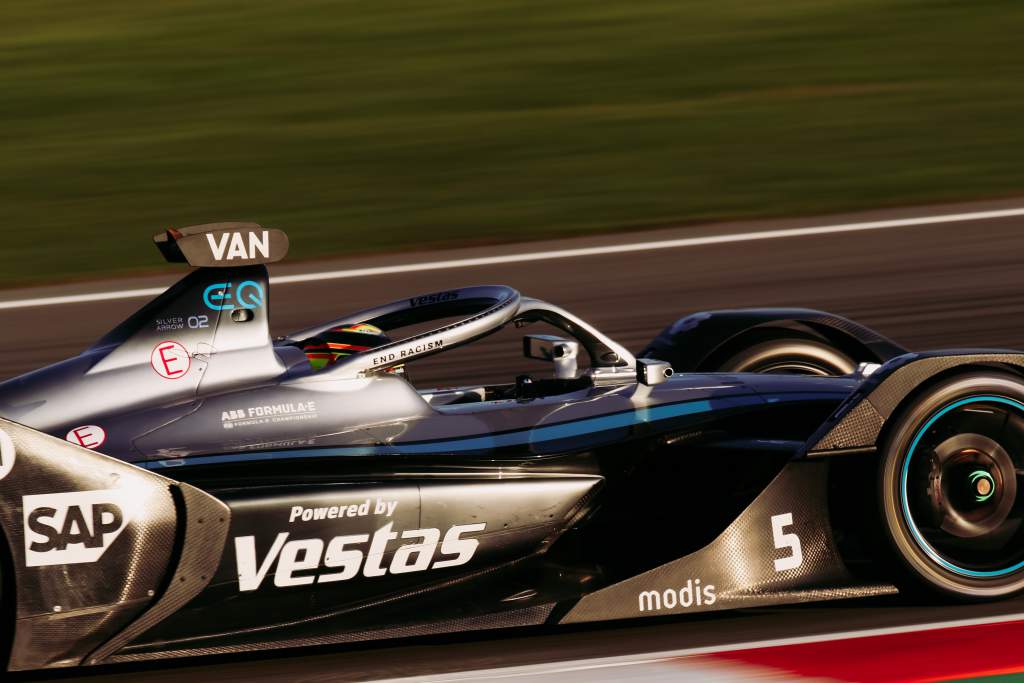
His two seasons with McLaren were in incredibly difficult circumstances and did not allow the Belgian to show how good he was.
But it would be overly-generous to suggest Vandoorne made the most of that opportunity and the struggles to compensate for the limitations of the car in 2018 exposed a weakness.
He’s not the first driver with great expectations to have fallen short at the top level, but that does not mean he’s not able to be a very capable grand prix driver. It simply means that hopes he might have the potential to be one of the very best in F1 were misplaced.
After all, a driver of the calibre or Alonso, Max Verstappen, Charles Leclerc or Hamilton would have found a way to make it work in the same situation. That Vandoorne lost his drive after his 2018 struggles is neither an injustice nor evidence of a lack of talent.
What is important is that the reasons for Vandoorne’s failure in F1 are clear. You can’t simply blame McLaren, for Vandoorne could not extract the potential that was in the limited car and there were question marks about his attitude and approach when the pressure on him ramped up, but you also cannot ignore the circumstances of the situation he was in.
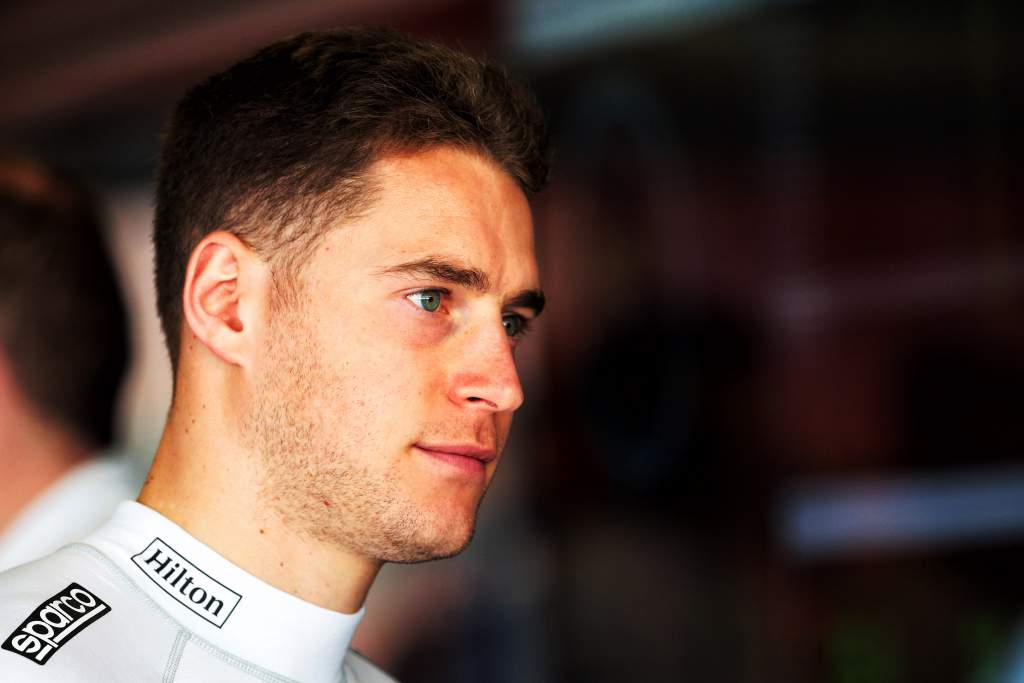
After all, he’s still the same driver who tore up the junior ranks. And, even more significantly, the same driver who showed well alongside Alonso in 2017 when you consider how high a benchmark that is.
In some ways, Vandoorne was perhaps 2018’s equivalent of Alex Albon. In a limited car and up against a great driver, both have been made to look poor when they are clearly extremely able drivers. While not blameless, the difficulty of their predicament must be factored in. Just because they have not given the best account of themselves does not mean they are no-hopers.
Had Vandoorne raced in the Sakhir Grand Prix, we could not have expected miracles and it would have taken something special for him to restore even a fraction of the reputation he had before F1.
But he could at least have reminded everyone of how good he is and stoked the dying embers of a once-promising grand prix career. Not to mention potentially picking up a very good result.






